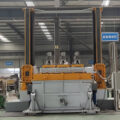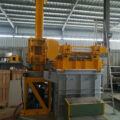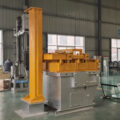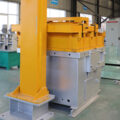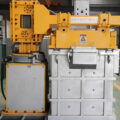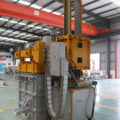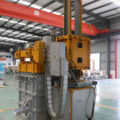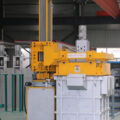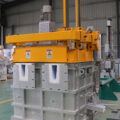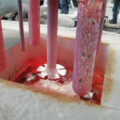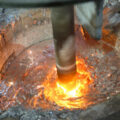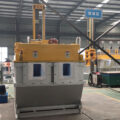The liquid aluminum degassing device is used for casting can greatly improve the quality and output of aluminum products, thereby increasing the profitability of aluminum melting and casting plants. AdTech rotary degassing device can optimize and control the quality of its molten metal to meet its strict alloy cleanliness requirements while reducing operating costs. On-line degassing equipment mainly processes molten aluminum containing a certain amount of hydrogen and other residues (alkali metals, inclusions), which are removed after being processed by degassing equipment.
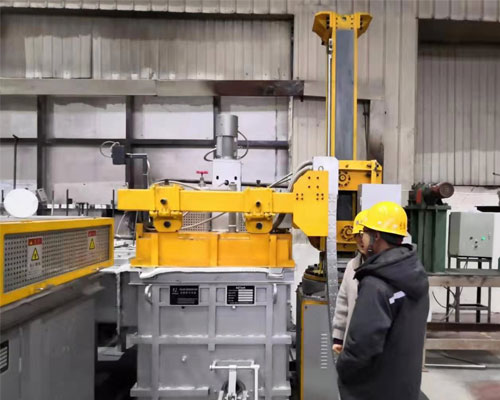
The inert gas is injected into the melt through the rotor in the degassing device, and the rotor is broken into uniformly dispersed tiny bubbles, which rise to the surface of the melt. The bubbles absorb hydrogen, alkali metals, and inclusions during the ascent.
In the rotating degassing process, the bubble size depends on the injection process, not on the type of gas used. As long as the diameter of the bubbles generated by the impeller is less than about 5 mm (5000 microns), and the bubbles are evenly dispersed throughout the melt, rotary degassing can achieve nearly 100% degassing efficiency.
The bubble formation process depends on the flow rate of the purge gas. In order to optimize the degassing process, it is necessary to use an appropriate combination of the maximum possible purge gas volume flow and rotor revolutions per minute to minimize the interference on the surface of the molten pool. The physical condition of the degassing equipment and the rotor will also affect the degassing efficiency.
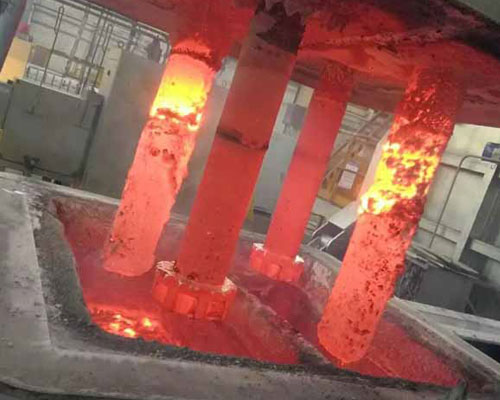
Liquid Aluminum Degassing Device Performance
1.Hydrogen is being absorbed into bubbles and is being removed.
2.Alkali metals are removed as the metal reacts with chlorine gas to form chlorides.
3.The inclusions are trapped by bubbles and then rise to the surface of the melt to form dregs.
4.Outer wall temperature of the online degassing device should be controlled at 65℃ or below.

